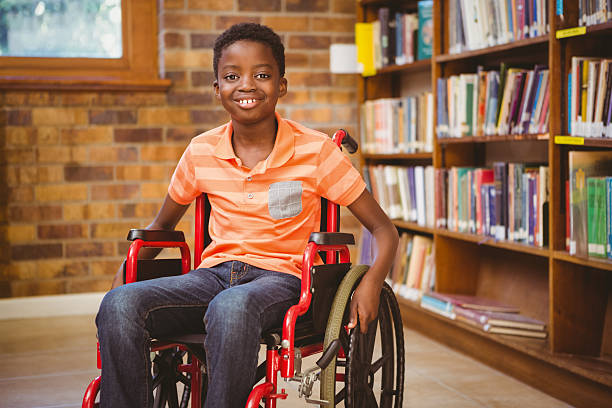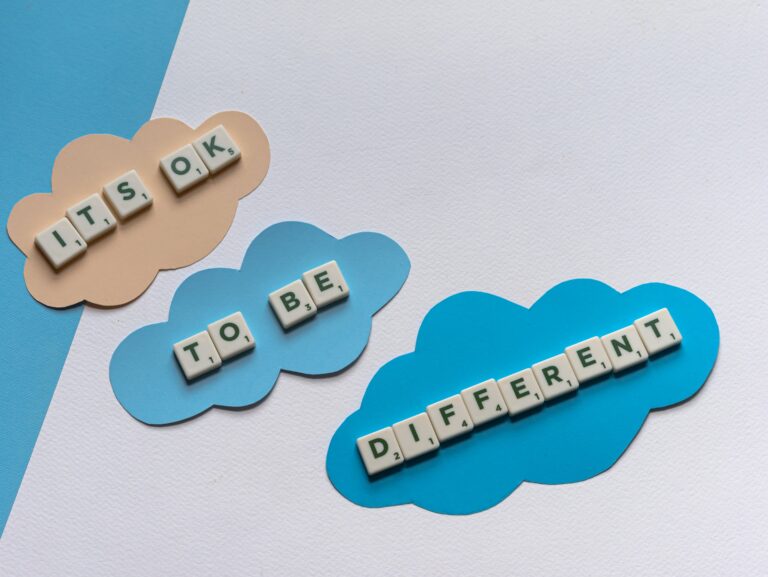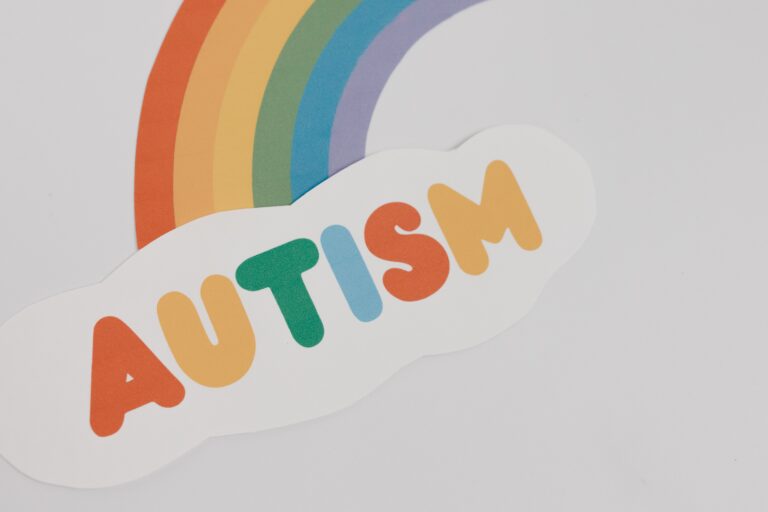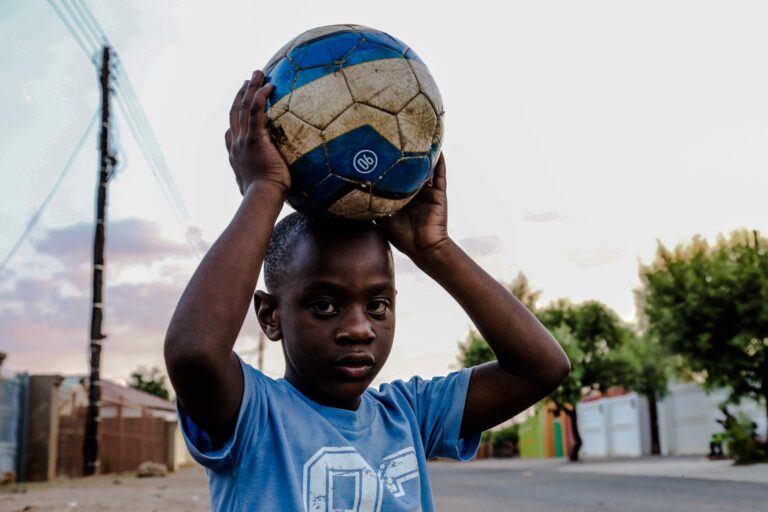Unveiling the Complexity of Speech and Language Impairments
Speech and language are integral components of human communication, yet for some individuals, these abilities pose significant challenges due to speech and language impairments. Understanding the diverse nature of these impairments and implementing effective strategies are crucial steps in supporting individuals who navigate these difficulties. Let’s delve into the intricacies of speech and language impairments and explore ways to provide meaningful support.
Grasping Speech and Language Impairments
Differentiating Speech and Language
Speech refers to the physical production of sounds to form words, whereas language encompasses the comprehension and expression of thoughts and ideas through words, gestures, or symbols.
Types of Speech and Language Impairments
These impairments manifest in various forms, including articulation disorders, stuttering, voice disorders, and language disorders such as receptive or expressive language deficits.
Understanding the Impact
Effects on Communication
Speech and language impairments can significantly impact communication, hindering an individual’s ability to express themselves, understand others, and engage in social interactions.
Academic and Social Challenges
Difficulties in communication may extend to academic performance, social relationships, self-esteem, and overall quality of life.
Identifying Speech and Language Impairments
Early Signs and Red Flags
Observing signs such as limited vocabulary, difficulty pronouncing words, struggles in following instructions, or persistent stuttering can indicate potential speech and language impairments.
Professional Assessment and Diagnosis
Seeking assessment by speech-language pathologists or specialists helps in identifying the specific nature and severity of the impairment.
Effective Support Strategies
Speech and Language Therapy
Speech-language therapy tailored to individual needs aims to improve articulation, language skills, fluency, voice production, and overall communication abilities.
Augmentative and Alternative Communication (AAC)
AAC methods, including communication boards, picture exchange systems, or speech-generating devices, assist individuals in expressing themselves when verbal communication is challenging.
Visual and Multi-Sensory Aids
Utilizing visual aids, gestures, cues, and incorporating multi-sensory techniques supports comprehension and communication for individuals with speech and language impairments.
Individualized Education Plans (IEPs)
Developing IEPs that outline specific goals, accommodations, and support strategies in educational settings ensures personalized support for students with speech and language impairments.
Inclusive Classroom Practices
Implementing inclusive teaching approaches that encourage participation, provide clear instructions, and utilize varied learning modalities accommodates diverse communication needs.
Supporting Social and Emotional Well-Being
Encouraging Self-Expression
Creating a supportive environment that encourages self-expression, active participation, and patience fosters confidence and self-esteem in individuals with speech and language impairments.
Building Peer Understanding and Support
Educating peers about speech and language impairments promotes empathy, understanding, and supportive interactions within the classroom and community.
Addressing Emotional Challenges
Supporting emotional well-being by offering counseling, building resilience, and addressing any psychological impacts of communication difficulties is crucial.
Collaboration and Advocacy
Collaboration with Families and Caregivers
Maintaining open communication with families, providing resources, and involving them in support strategies fosters consistency and continuity of care.
Advocating for Inclusive Practices
Advocacy for inclusive policies, training for educators, and promoting awareness contribute to creating environments that accommodate individuals with speech and language impairments.
Partnering with Support Services
Collaborating with speech-language pathologists, audiologists, and other professionals ensures comprehensive support and guidance tailored to individual needs.
Embracing Progress and Celebrating Successes
Acknowledging Progress and Effort
Recognizing and celebrating every milestone, improvement, and effort made in communication skills reinforces positive reinforcement and motivation.
Showcasing Success Stories
Sharing success stories of individuals who have overcome challenges related to speech and language impairments inspires hope and encourages others.
Conclusion: Fostering Inclusive Communication
Speech and language impairments present diverse challenges that require multifaceted support strategies. By embracing inclusive practices, providing specialized interventions, and fostering supportive environments, we empower individuals with speech and language impairments to communicate effectively and participate fully in various aspects of life. It’s through collaboration, understanding, and a commitment to inclusivity that we create spaces where every individual’s voice is heard and valued, regardless of their communication challenges.







